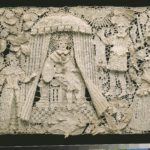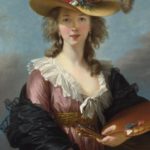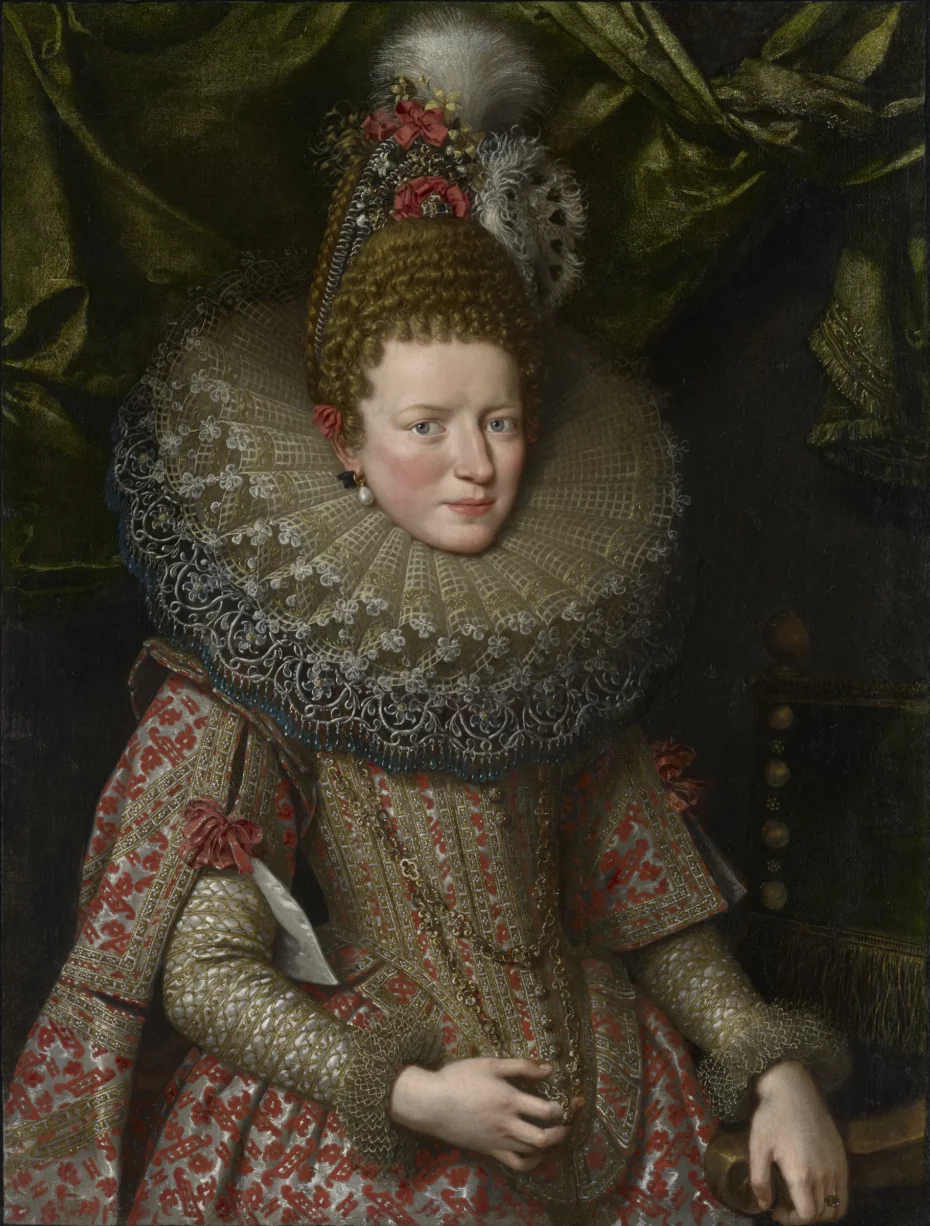
To us comfy dressers of today the idea of an itchy, restrictive gadget – fashionable or not – impeding our head movement isn’t the most appealing of accessories. But the ruff, a cumbersome featherlike collar worn around the neck, like so many other awkward fashion fads throughout history, was very much of its time and made perfect sense to its wearers. In fact, they wouldn’t be seen dead without one – Mary, Queen of Scots, for example, wore hers to the chopping block. Talk about a fashion victim. But this distinctive crimped and crunchy collar was a badge of office for the aristocracy, not only framing the faces of the authority, but the very business of wearing it forced a ‘lordly pose’ and provoked an immediately identifiable regal posture – and just as well they didn’t have to do any manual work. However, ruffs were so popular that men, women and children from all but the very poorest classes, aspired to sport the fashion, restrictive or not.
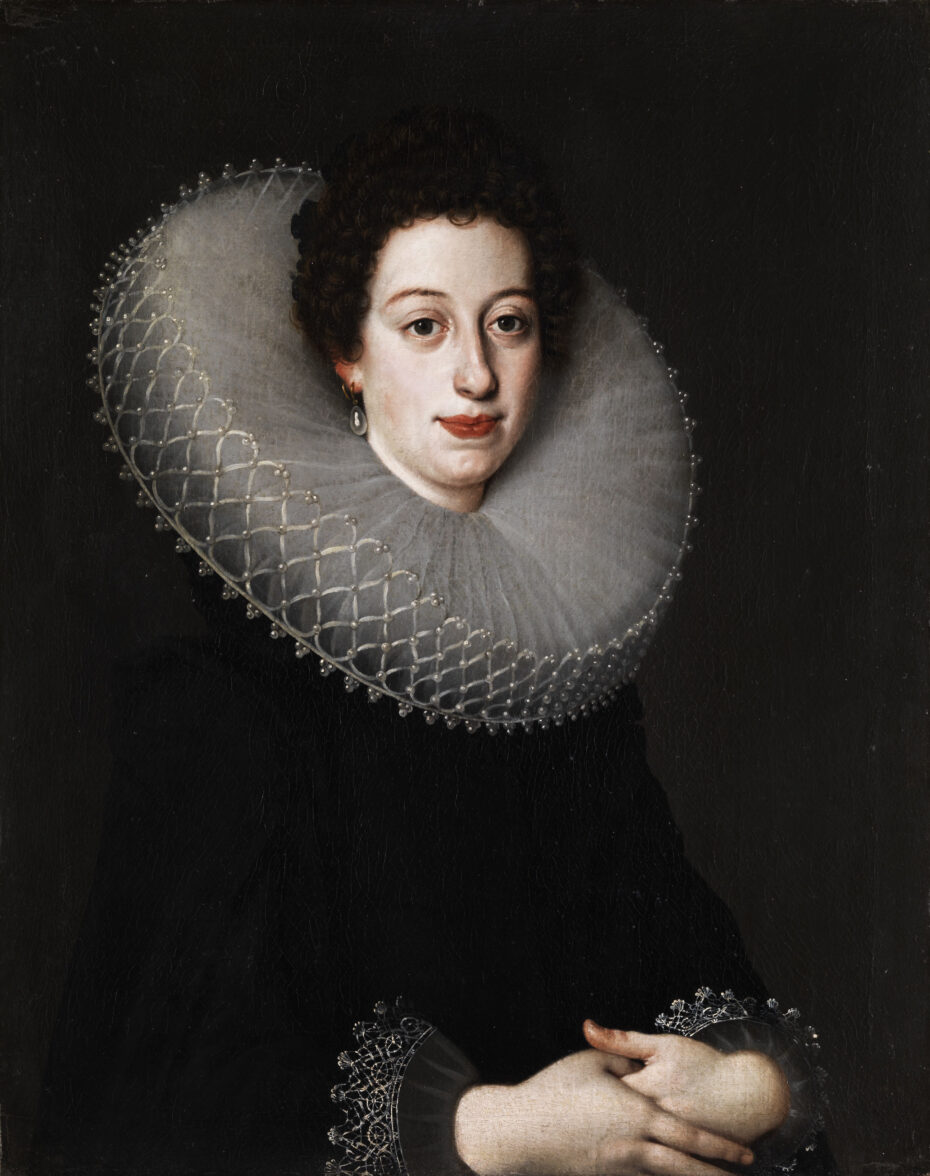
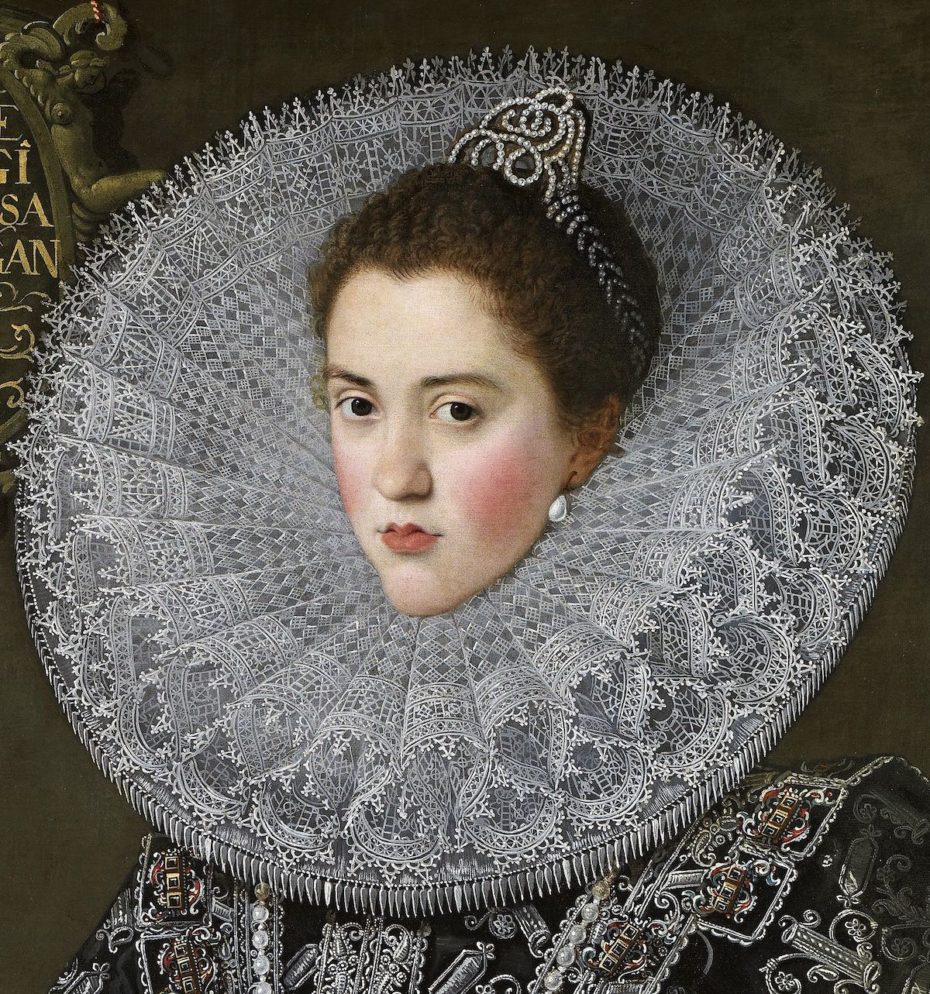

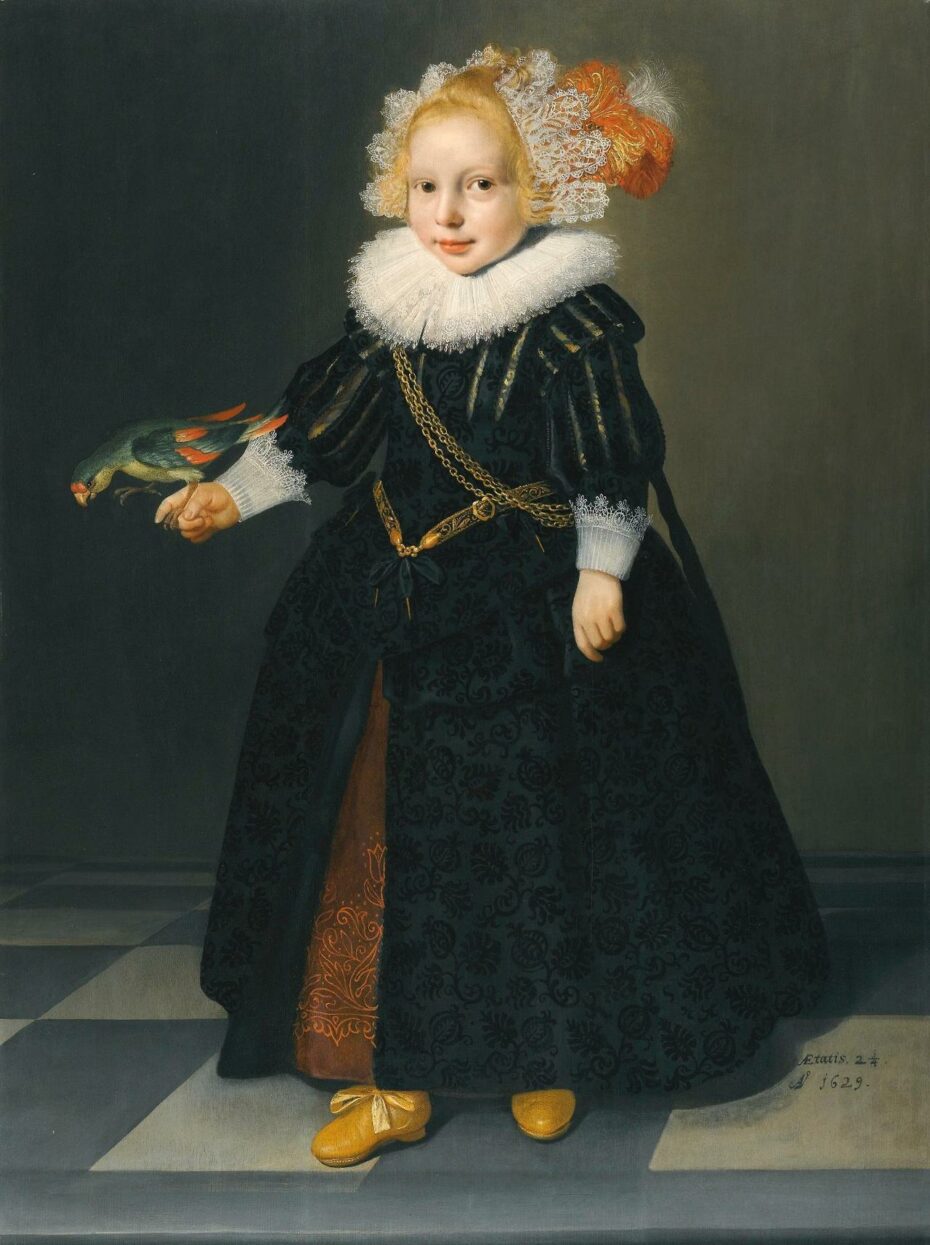
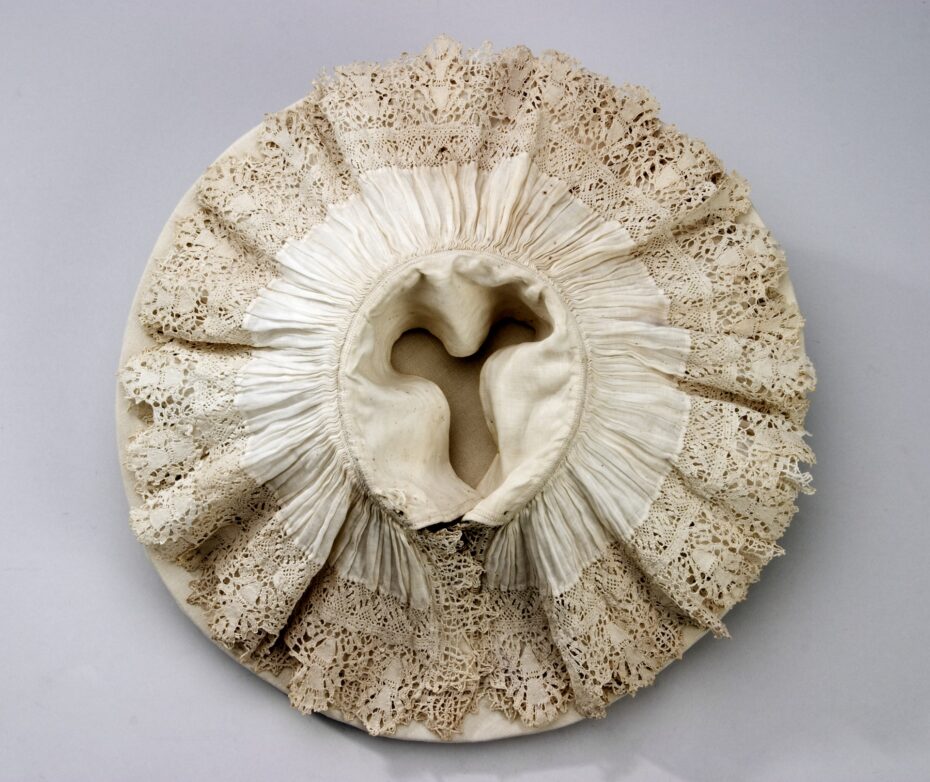
The ruff started appearing in the late 15th century and became more generous in size as time went on, and the addition of starch allowed for it to be even wider and keep its shape. They varied in size (anything between one and twelve inches wide), and in style. When the technique of starching appeared in 1560, the ruff would morph into bigger and broader guises: stiffened ruffs would be able to stand well away from the neck while keeping their shape. These figure-of-8-shaped folds became exaggerated, so much so that extreme ‘cartwheel ruffs’ were over a foot wide and had to be supported by a wire frame or ‘underpopper’ to prop them up. Size mattered and was clearly related to status.
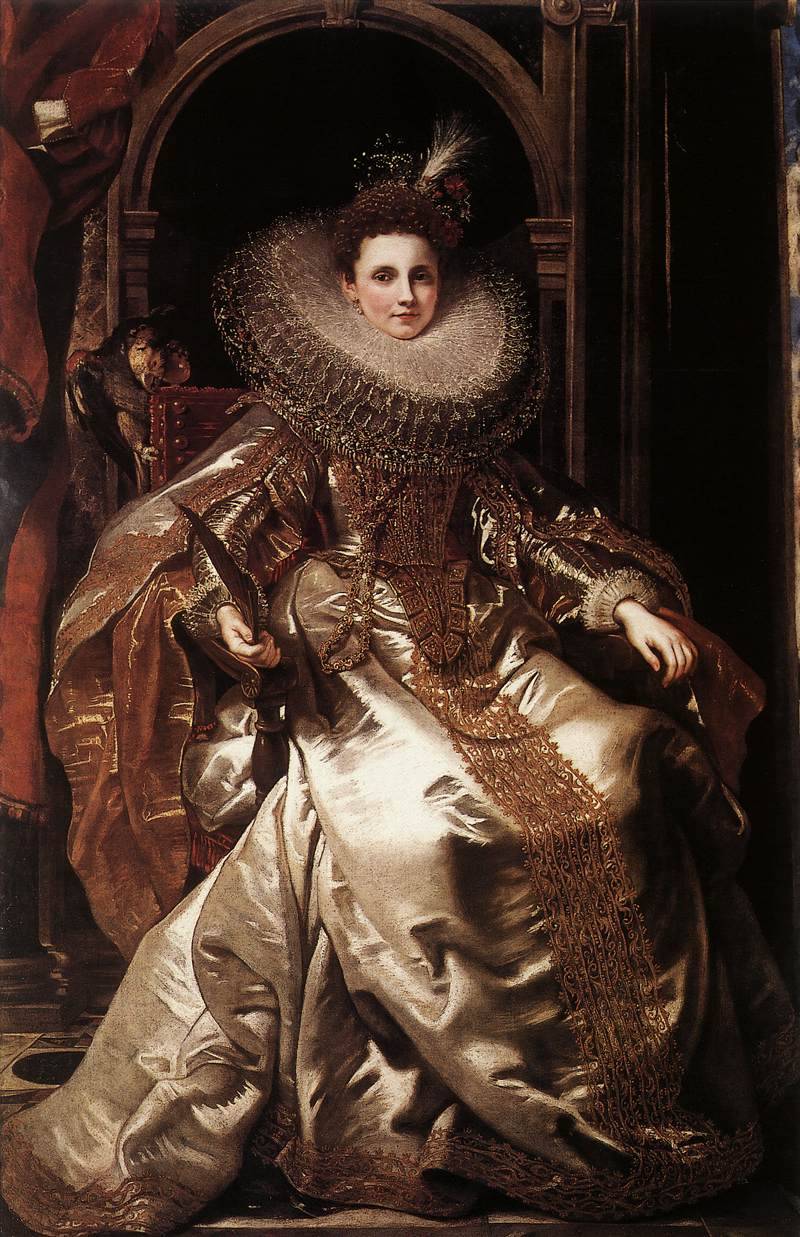
The Armada portrait of 1588 frames Elizabeth I’s perfect porcelain white visage mounted on a giant delicate fragile flower of stiff white lace. Its prominence in the portrait is surely there to reinforce her divinity, and on a practical note, certainly would have made it easier to keep one’s head still for the artist.
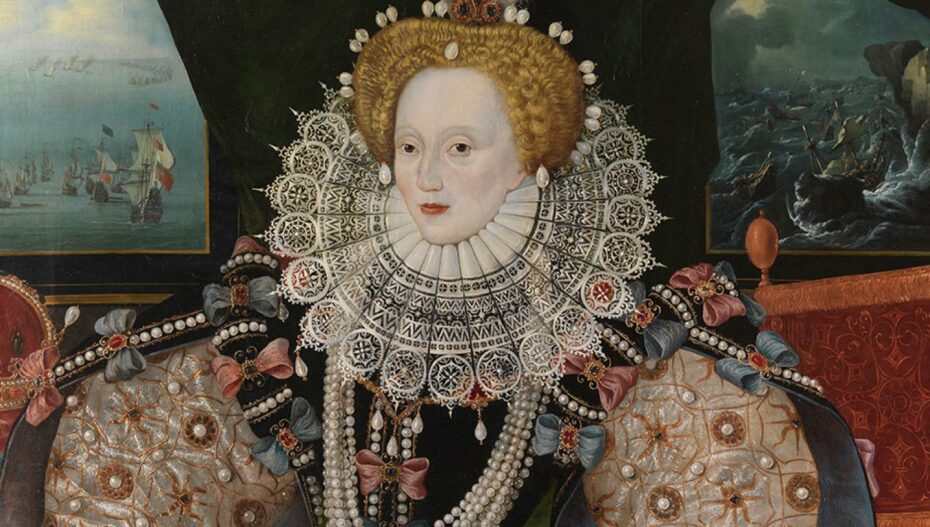
As is often the case with fashion trends, its proponents tended to push the boat out. When ruffs became extravagantly wide, some governments passed laws to restrict their size. Not to be outdone, ruff-loving Elizabeth I did exactly that, and she went on to have the city of London policed for any sign of oversized ruffs – a medieval fashion police, if you will! Sumptuary laws regulating clothing and other forms of luxury served to prop up the aristocracy and prevent the average person from daring to rise above their station in society. Even the church ruffled feathers over ruffs. Protestant groups used the ruff as the key example of decadence and excess in society, and called the ruff a ‘millstone’ (hence the expression of a ‘millstone around one’s neck’).
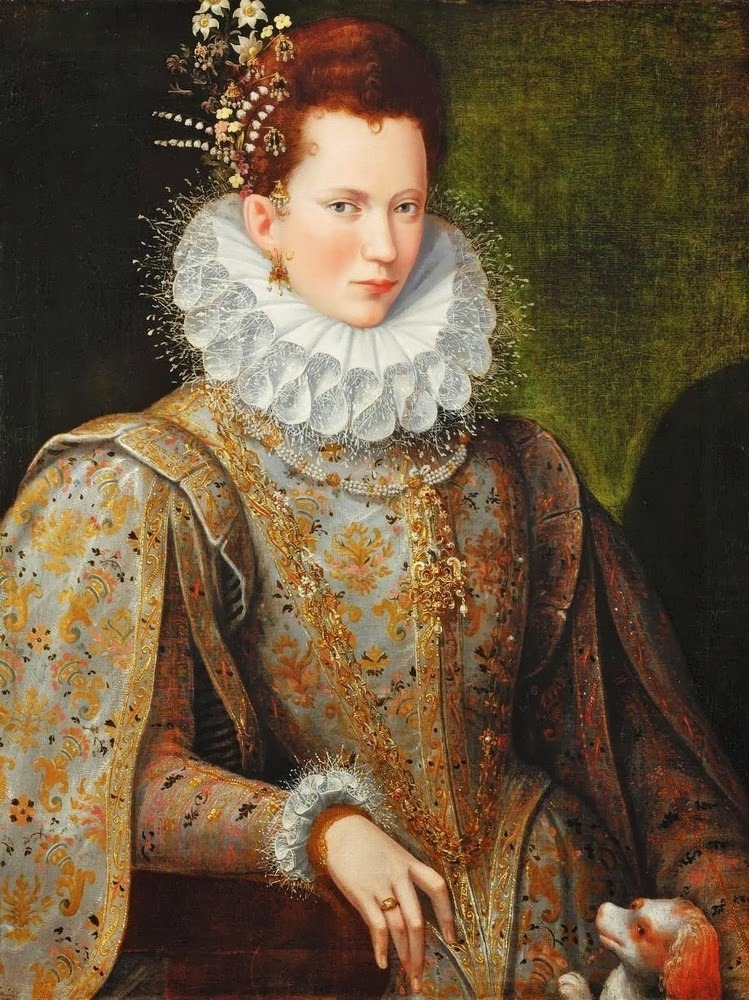
As for eating with a wide ruff, wearers of all sectors of society needed special, long utensils to navigate from plate to mouth. They could be removed and laundered while the wearer’s main garment stayed free of soiling at the neckline, a bit like a baby’s bib, but ruffs were neither cheap nor easy to care for. It wasn’t unusual for ruffs to be worn only once – the fabric might have disintegrated or sweat and body odour may hava ruined it after one single wear.
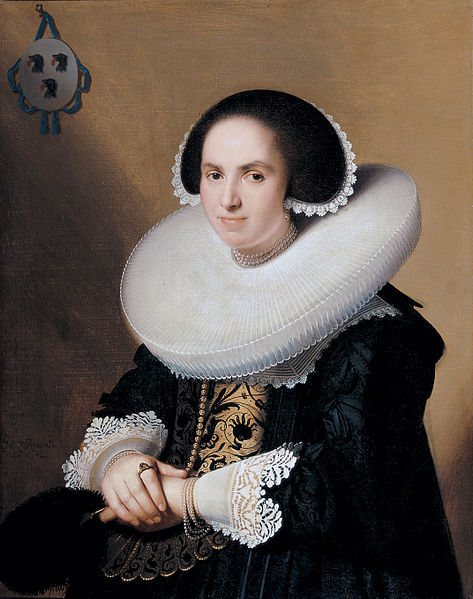
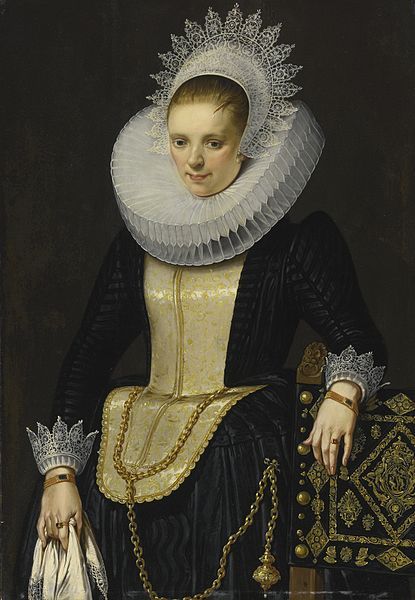
A starched ruff was a voluminous and fragile piece of sculpture and like a hat, it required a special box for transportation and storage. It also required trained servants assigned to dote on these precious adornments. The process of starching a ruff was an art form in itself: starch was applied by brush onto the lace or linen fabric of the ruff, the fabric was then meticulously folded into pleats, pressed and dried with a goffering iron (a hot round rod). The large ‘cartwheel’ ruffs popular between 1580 to 1610, needed not only starch, but also a metal framework over which the fabric was stretched for the starching process. These mammoth ruffs comprised 6 yards of cloth, starched up into 600 pleats and would extend eight inches from the neck.
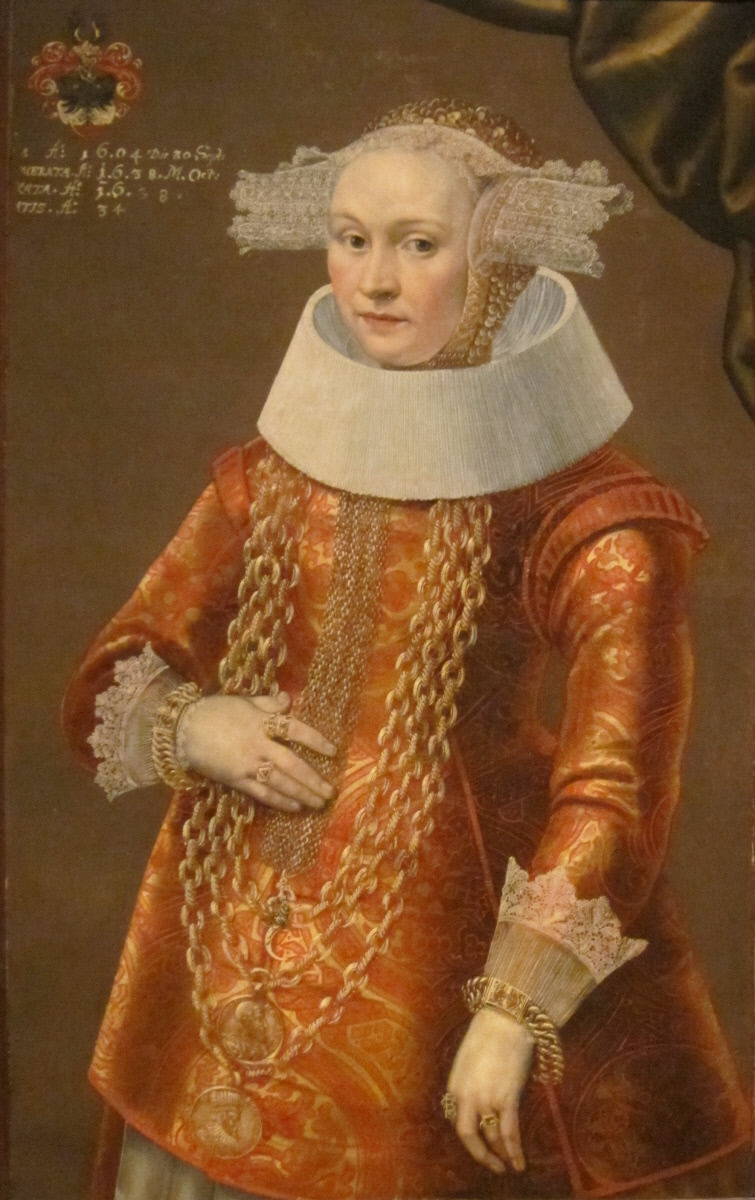
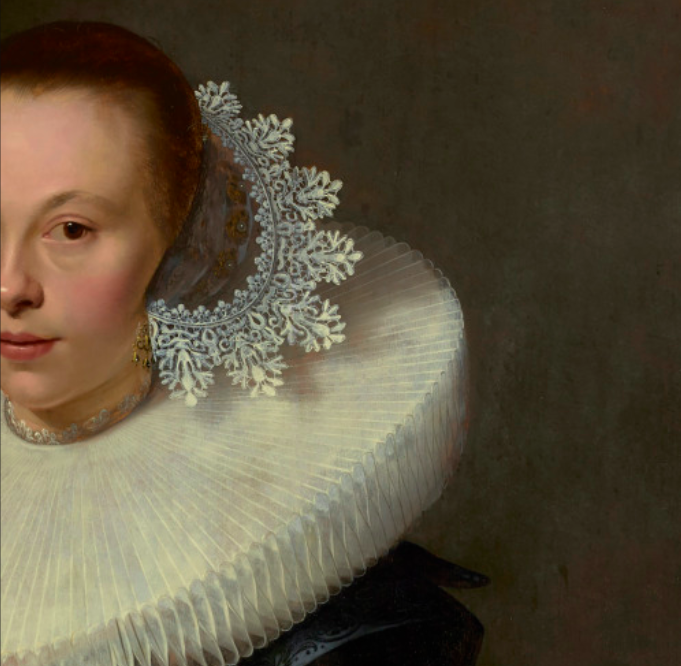
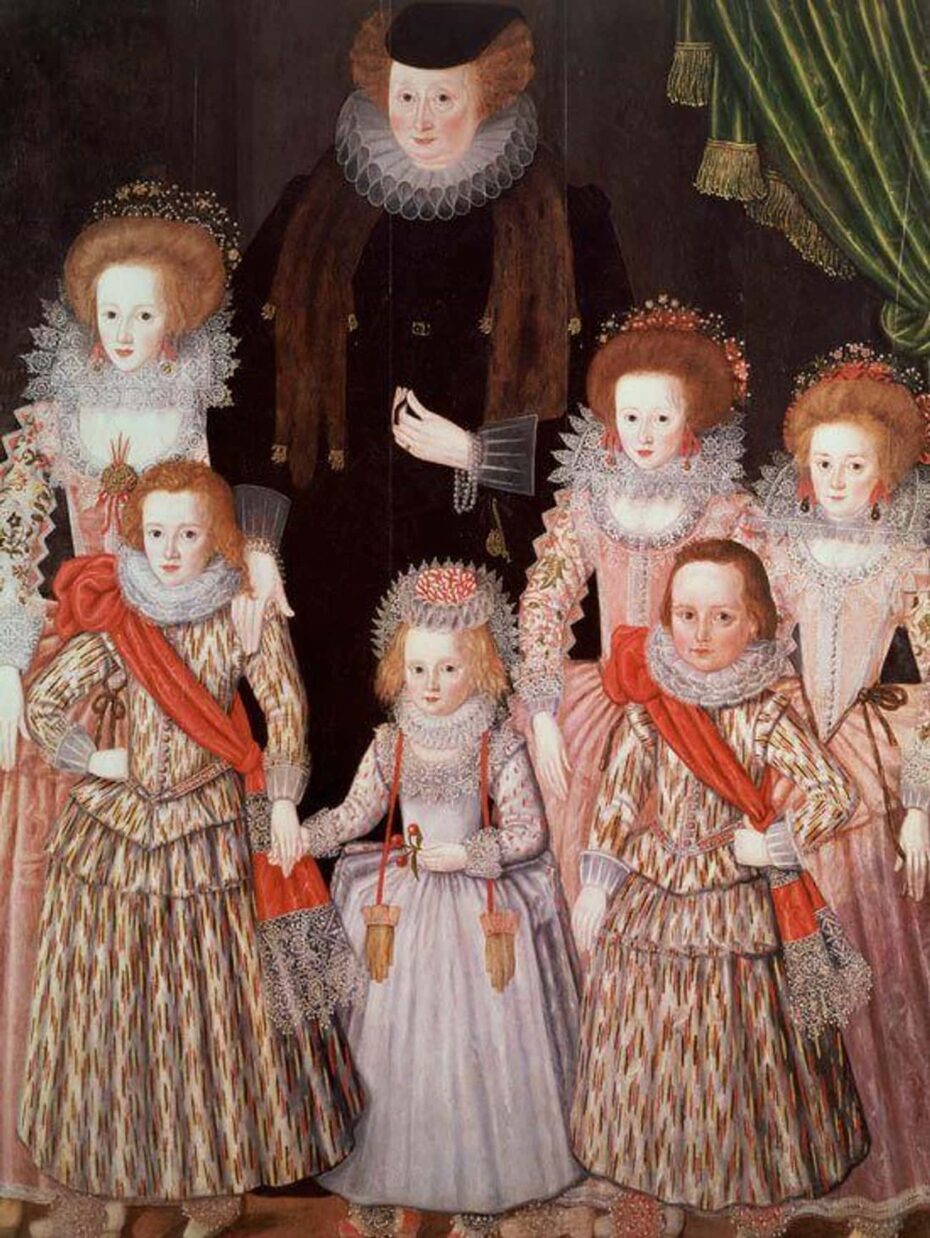
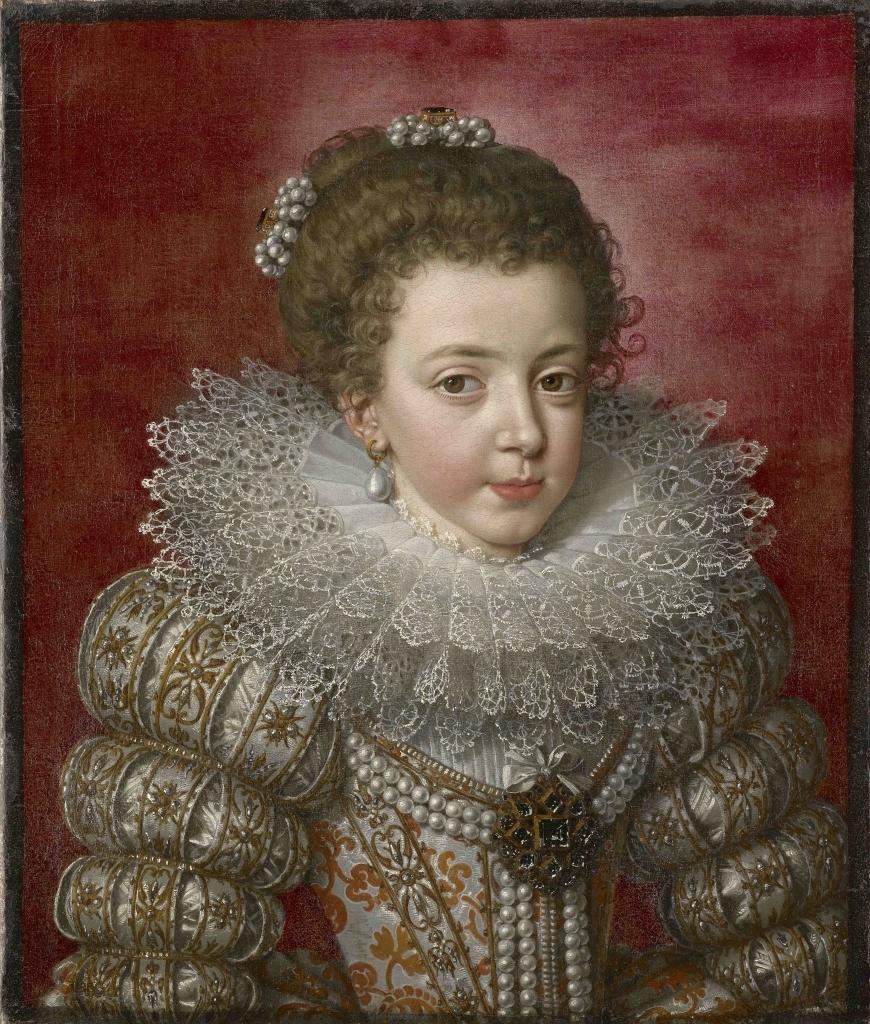
Worn all over Europe – they first appeared in Spain, then England, France, Holland and Germany – as well as Spanish America. The ruff was born a modest little ruffle at the collar of a shirt, and grew and grew to become a fully-fledged, independent accessory: towards the end of the 14th century, the ruff got separated from the mother garment (shirts in the case of men and smocks for women) and became a freestanding piece of cloth or lace that could be tied around the neck) with tassels and for women of the 16th and 17th century, allow ample display of her cleavage.
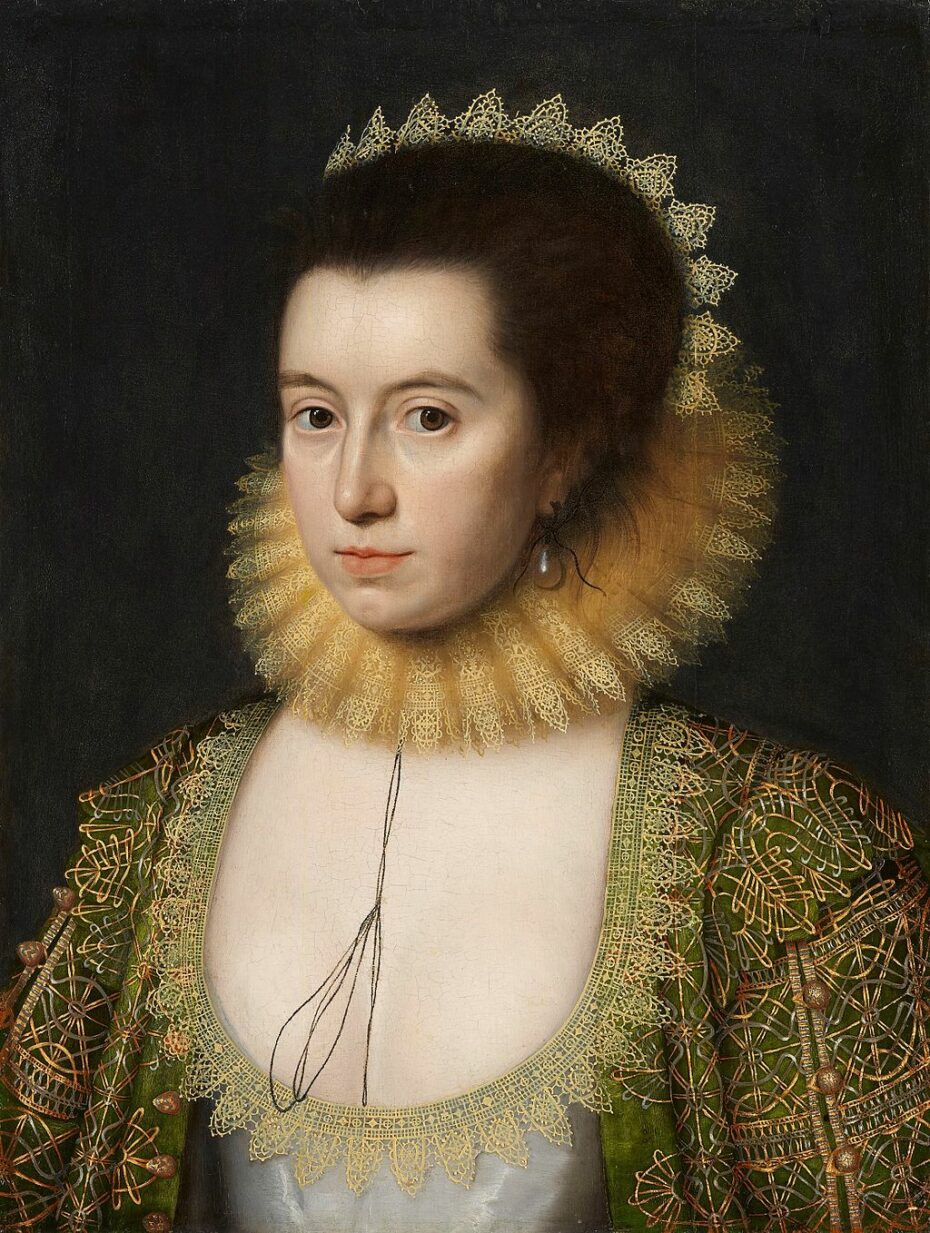
They were predominantly white in colour, but occasionally the starch was dyed into pastel shades that would eventually be washed away as the ruff got laundered. Vegetable dyes could create pink, lavender, yellow or green; saffron was used to dye ruffs yellow, smalt to achieve pale blue and cohineal for light purple. Yellow ruffs were popular throughout Europe, but in England, yellow suddenly lost its appeal after the trial and execution of Anne Turner, a businesswoman who ran ‘houses of ill repute’ and had the monopoly on saffron-based dyes for collars and ruffs. (She was accused of poisoning a Sir Thomas Overbury, and allegedly she sported a yellow ruff during her trial. The executioner opted to mimic her fashion and also wore a yellow ruff on the day of her sentencing).
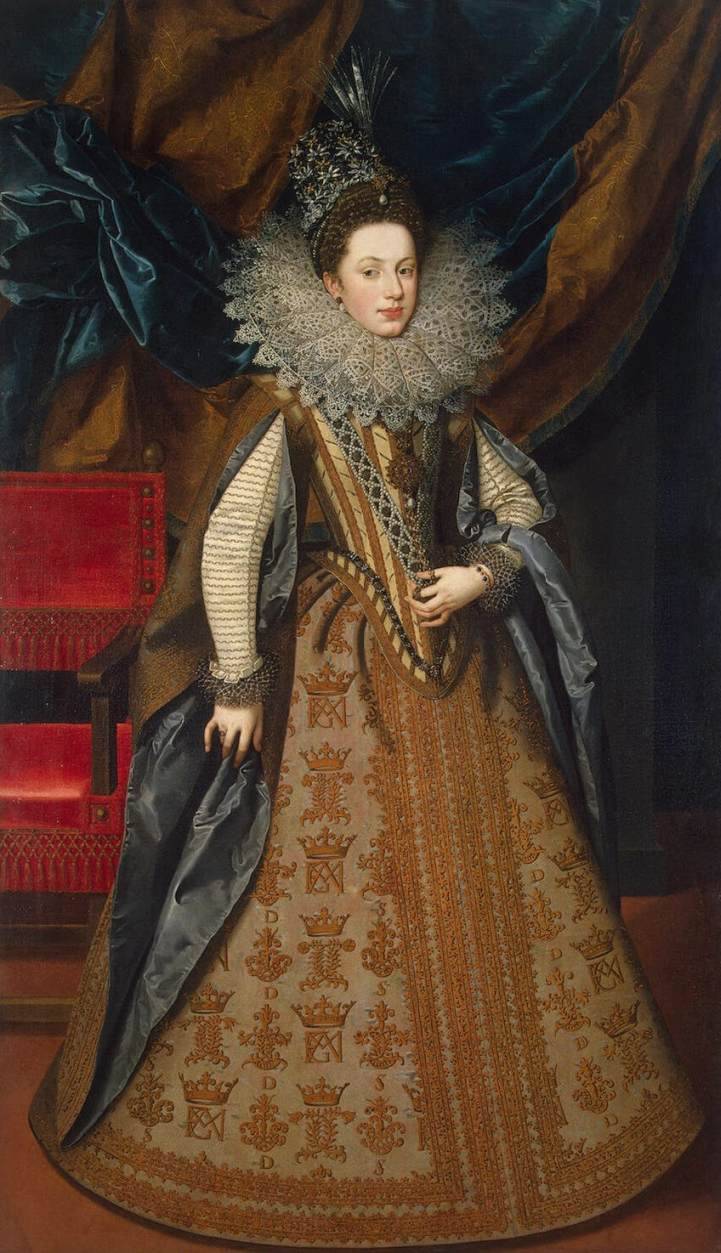
Blue tints were the most flattering as they were thought to make their wearers look paler and hence more attractive, but Queen Elizabeth prohibited their use and issued a royal prerogative, saying, “Her Majesty’s pleasure is that no blue starch shall be used or worn by any of her Majesty’s subjects, since blue was the colour of the flag of Scotland…”.
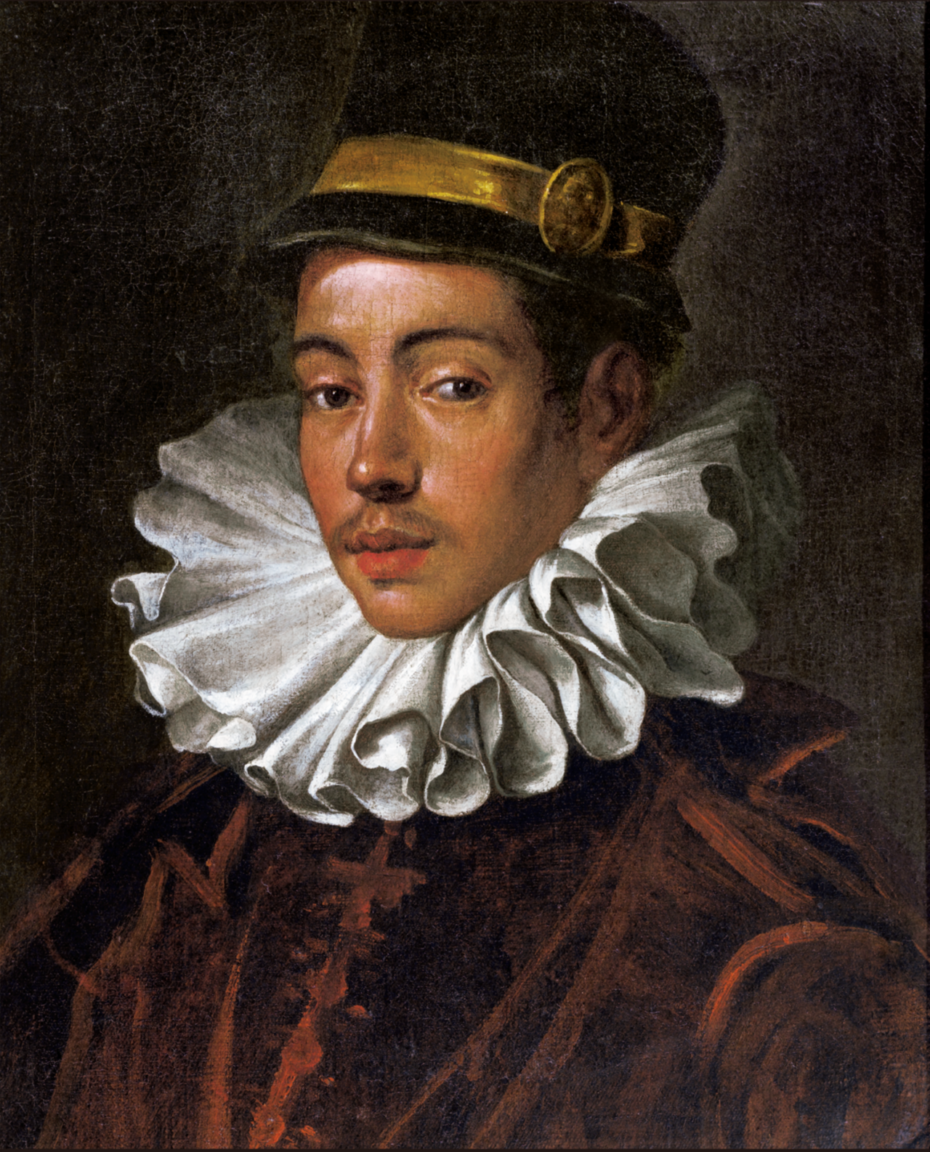
The smaller versions tended to be worn by men, predominantly, whereas women embraced the voluminous trend. Typically constructed from densely woven linen cambric or expensive lace, which became the preferred cloth in the early 17th century, a ruff could also have been structured using bone, ivory or wooden sticks to hold it in place, and from 1570 onwards, ‘poking sticks’ made of narrow pieces of steel, were used in their construction.
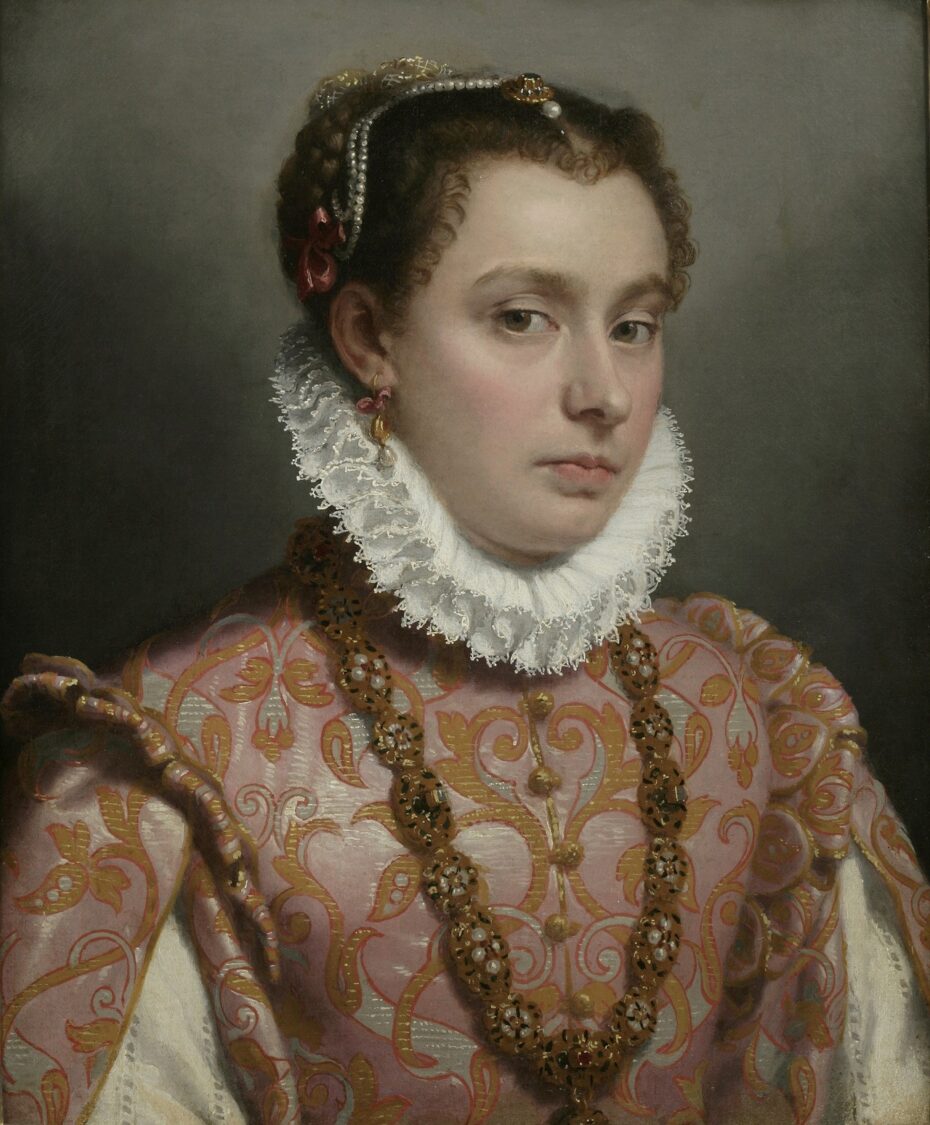
Other variations on the theme were aplenty. The short ruff, a rather restrained version of the trend, was worn by Puritans at the start of the 17th century. The oval ruff (1625 – 1650) with its formal tubular pleats that lay over the shoulders, was exclusively a female fashion. Frequently women’s ruffs had another embellishment added to them for an even more luxe effect: a small neck-frill of lace or gauze were added to the ruff’s inner border.
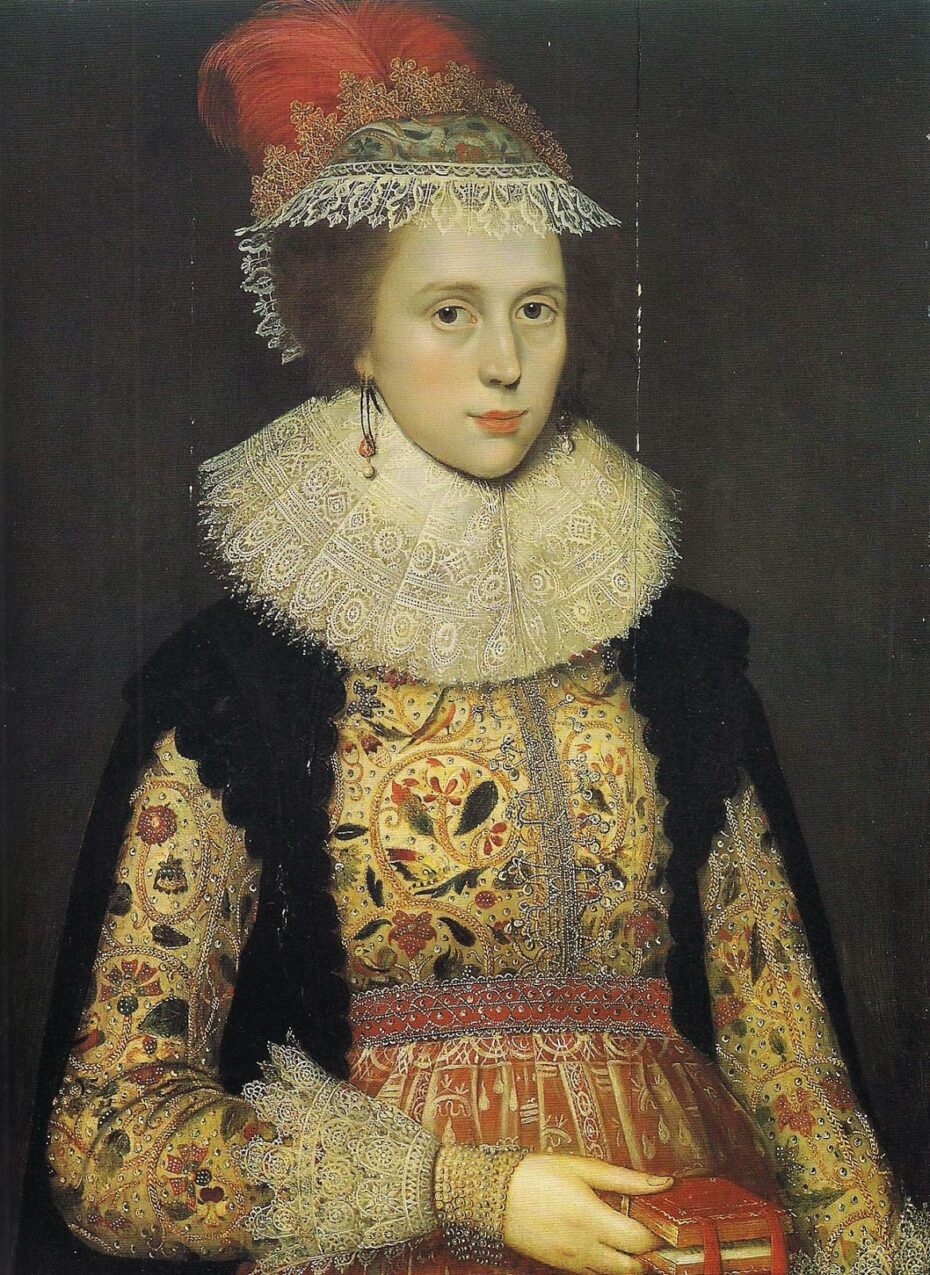
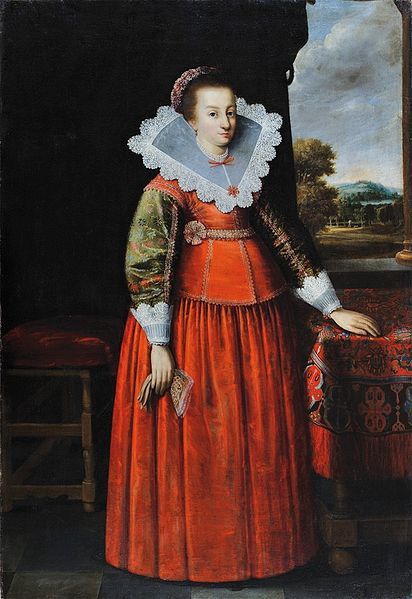
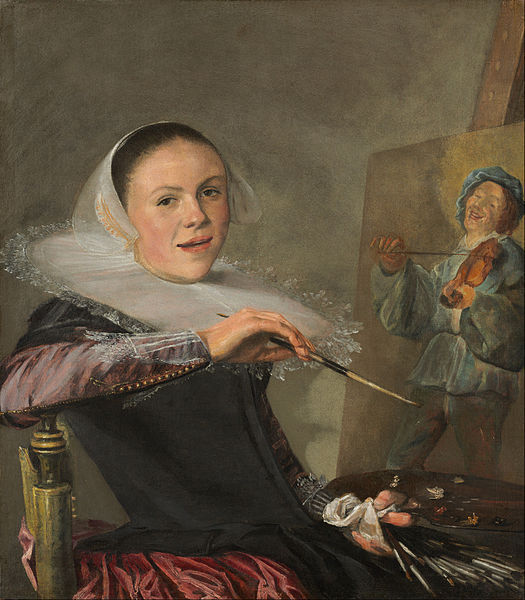
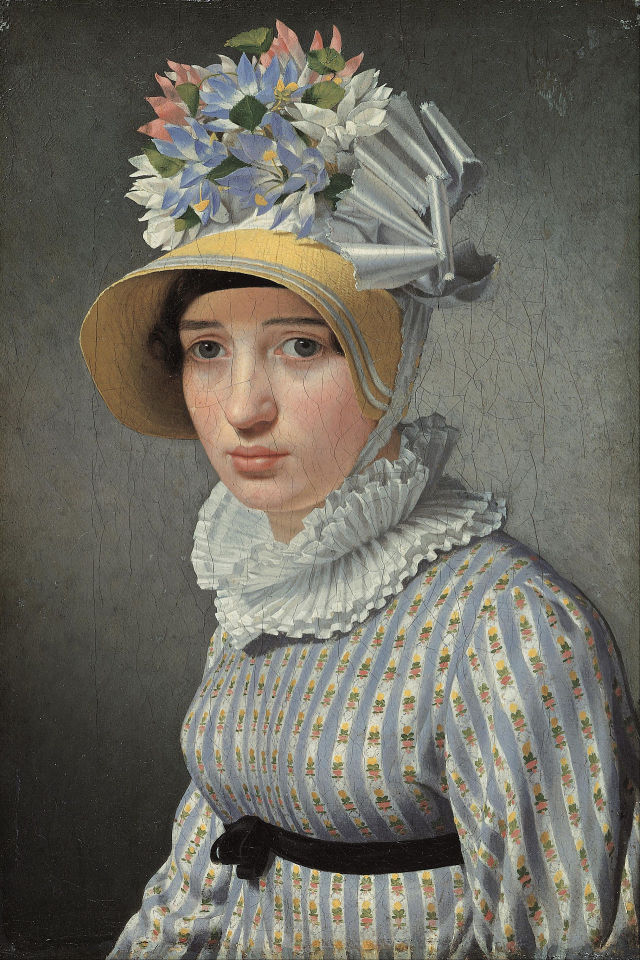
Come the 17th century, the fashion for ruffs started to unravel and eventually petered out in Western Europe. The Dutch clung to the ruff a little longer than the rest, as can be seen in 17th century Dutch Realism paintings and even in some early 19th century portraiture. Ruffs (and ruffled capes) also briefly re-emerged in fin-de-siècle Paris.
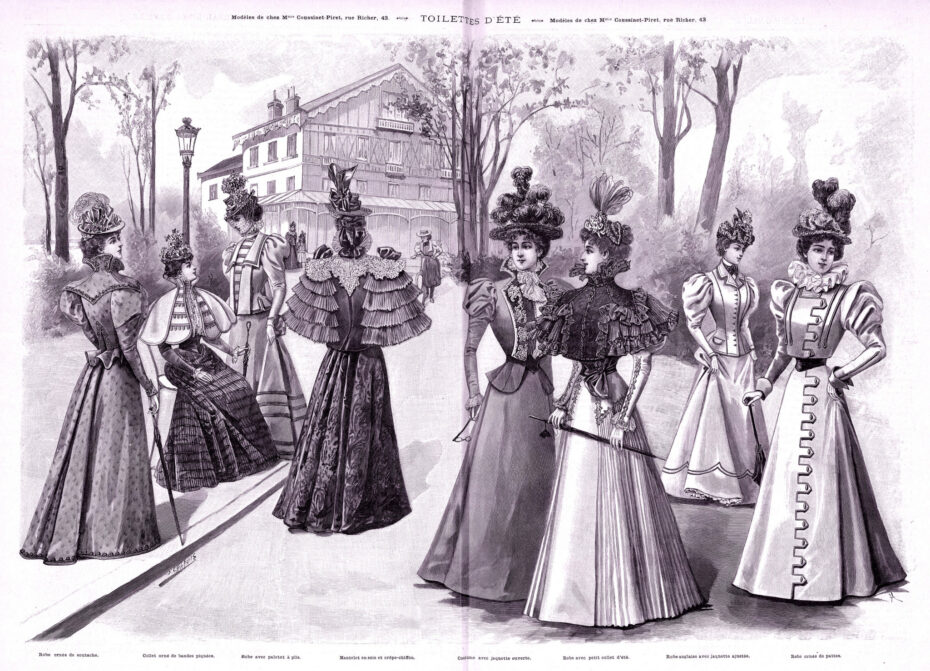
The only place you’re likely to see a ruff today however is in an Anglican church, often still worn by choir boys and occasionally by priests – or an haute couture catwalk – but ultimately the ruff became the collars we have on garments today. Ties, bandanas and scarves may claim ruff heritage, but as the traffic police lost their helmets to flat caps to allow them to drive while gorging a dripping saucy burger, the thought of committing such an act over the fragile fabric of a ruff seems unthinkable in our world where fashion defaults to practicality above all.
Words by Cecile Paul.


